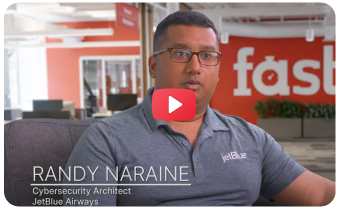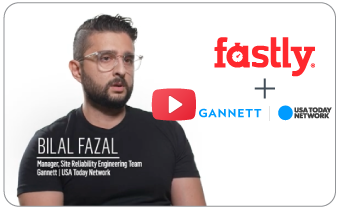Customer stories
How the best of the web thrives.
See how today’s leading companies challenge the status quo and take on the projects that excite them the most.
JetBlue grounds unwanted traffic with Fastly Next-Gen WAF and Bot Management
The Fastly Next-Gen WAF and Bot Management solutions offered the flexibility, visibility, and reliability JetBlue needed to protect its site from attacks and maintain bandwidth for customers. The team moved quickly, migrating 35 sites over 3 days, just in time for the holiday season.
Sofascore
After replacing Cloudflare, Sofascore's 97% cache hit rate led to less bandwidth consumption
Shutterstock
Shutterstock scales AI model datasets while reducing storage costs by 68% with Fastly Compute
Magnolia
Magnolia reduces platform operating cost by 40% and achieves an annual growth rate of 20% with support from Fastly
H10 Hotels
H10 Hotels delivers a superb ecommerce experience with Fastly and reduces origin traffic by more than 50%
Roller
ROLLER uses Fastly to cut image latency from 95ms to 5ms & run custom edge logic, delivering frictionless guest experiences at global scale.
Mindvalley
Mindvalley powers global personal growth platform with Fastly edge performance, security, and image optimization
Watch duty
Watch Duty manages millions of requests per minute during California wildfires with the help of Fastly
Green Man Gaming
Green Man Gaming’s switch from Cloudflare to Fastly’s Edge Cloud Platform via AWS Marketplace.
Gannett USA Today Network
Gannett reduces bandwidth usage by 50% with Fastly security solutions

Canstar
Canstar delivers microsecond response times with low total cost of ownership with Fastly

Mercy Corps
Mercy Corps increases uptime and achieves 30-60% conversion rate improvement with Fastly


Speed Kit
Fastly helps Speed Kit reduce LCP in high-traffic websites by 0.5 seconds — boosting conversion rates by 5-10%
QuantCDN
QuantCDN boosts static and dynamic content delivery with a API-first platform powered by Fastly.

Mastodon GmbH
Mastodon scales and protects social media app servers and reduces egress by 75%

Znipe TV
Stream come true — Znipe improves startup times by 41% and stalls per hour by 32% with Fastly

Gourmet Gift Baskets
Gourmet Gift Baskets crafts an exceptional consumer experience with Fastly.

Bending Spoons
Bending Spoons replaced Akamai with Fastly: 50% latency reduction, plus egress cost savings.
cohost
Replacing Cloudflare eliminated false positives, improved performance, and better image accuracy.
JetBlue
JetBlue significantly reduces unwanted traffic with Fastly Next-Gen WAF and Bot Management.

imgix
imgix provides high-quality visual media and improves results up to 89.1% faster for customers with Fastly
Ekstra Bladet
Ekstra Bladet ensures stability, high performance and instant updates with Fastly
Stuff
Stuff streamlines security by replatforming with Fastly resulting in a 98% cache offload efficiency
Python Software Foundation
Python Software Foundation’s open source developers enjoy fast, reliable support with PyPI and Fastly
Squarespace
Squarespace launches entrepreneurs with fast, personalized experiences powered by Fastly
Life Time
Life Time delivers exceptional membership experiences with Fastly Edge Cloud Platform
Strawberry
Strawberry's move from F5 to Fastly makes their website load 40% faster; improves UX by 66%.
GitGuardian
GitGuardian secures applications with Fastly Next-Gen WAF eliminating false positives
Nine Entertainment
Nine fortifies web app security with Fastly Managed Security Service; ensures peace of mind for Australian Open
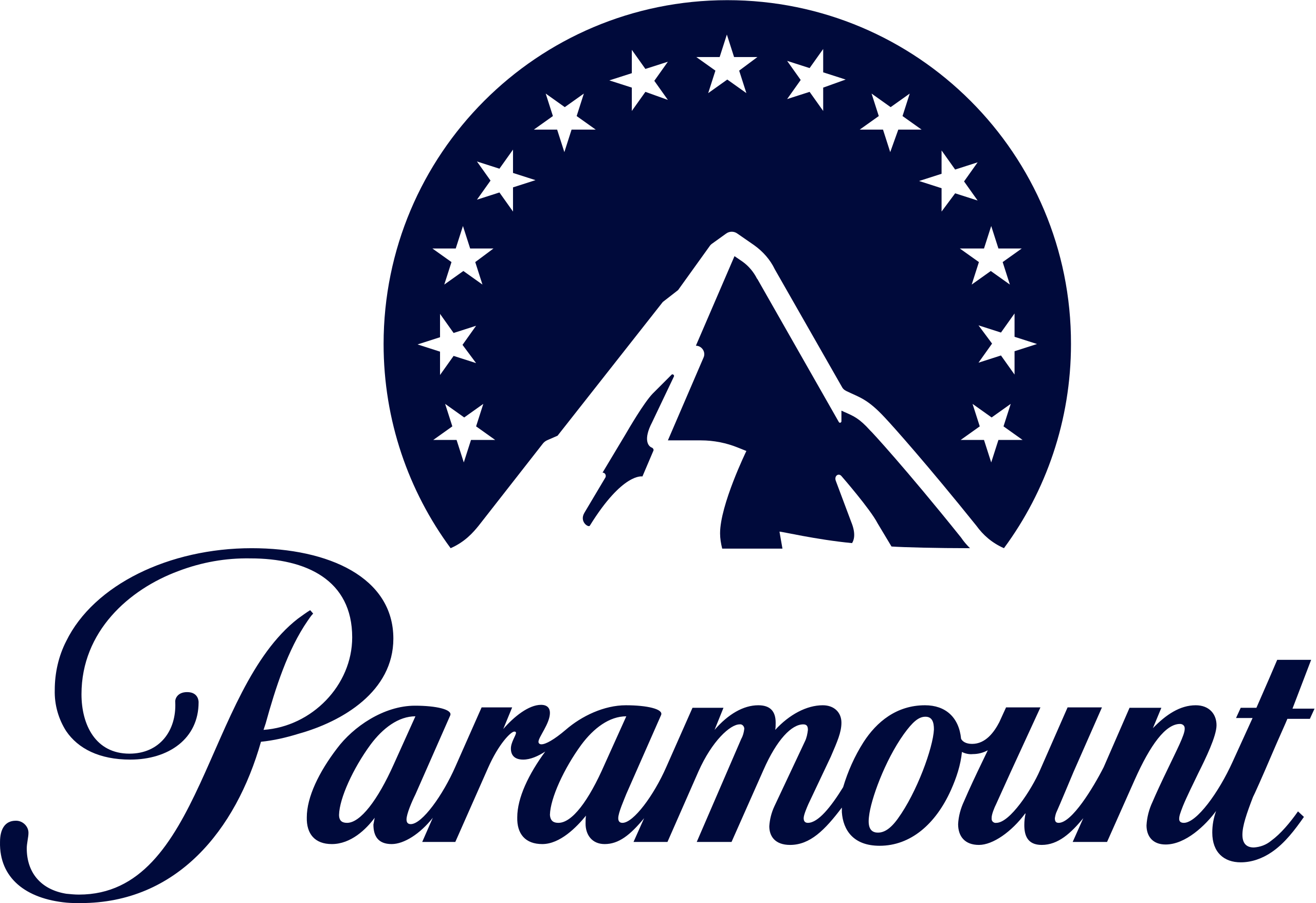
marfeel
Marfeel reduces load times with Fastly CDN, improving user experience on mobile devices
Commonbond
CommonBond fortifies security effortlessly with Fastly Next-Gen WAF in Kubernetes environment
Winning Group
Winning Group enhances web performance and reduces incident response time with Fastly Next-Gen WAF
Namely
Namely improves web defense with Fastly: rapid incident response and cost-efective security
LeanTaaS
LeanTaas relies on Fastly to block threats and provide visibility across their web services
One Medical
One Medical relies on Fastly to deliver secure, high-quality healthcare via the cloud
Remitly
Remitly safeguards transactions worldwide with Fastly, achieving PCI compliance and defense against emerging threats
BloomNation
BloomNation safeguards website against malicious attacks and reduces resource costs with Fastly
Magnolia
Magnolia differentiates PaaS package with Fastly Next-Gen WAF, supporting customers in finance and banking sectors
Gannett USA Today Network
Gannett & USA Today improves response times by 25% with Fastly, supporting news-driven traffic spikes & reducing costs
Bell Media
Bell Media ensures the resiliency of its streaming service and expands its customer base by relying on Fastly
Spread Group
Spread Group protect its assets and maintains exceptional performance with Fastly
amazee.io
amazee.io ensures 99.99% uptime with Fastly, reducing infrastructure cost and deliverying customer satisfaction worldwide
The Weather Company
The Weather Company relies on Fastly for resilient technology and continuous innovation, delivering time critical weather news for 400M monthly users
New Relic - Video
Watch how Fastly’s high-level data availability, scalability and performance ensures New Relic delights customers around the world.
api.video
api.video reduces delivery costs by 30% with Fastly, achieving superior live stream performance
SeenThis
SeenThis supercharges performance while reducing data waste with Fastly, sending 40% less data than conventional AdTech methods
Storytel (cache lightning)
Storytel improves cache hit to milliseconds with Fastly, achieving a 100x faster load time
Loveholidays video
Loveholidays achieves18% faster time to first byte with Fastly, enhancing end user experience
GIPHY
GIPHY cuts costs and boosts performance while serving billions of images daily with Fastly
Pronovias Group
Pronovias mitigates unwanted traffic using Fastly Next-Gen WAF's rate limiting
Taboola
Taboola's Fastly implementation unlocks real-time metrics, bolstering performance and uptime
Litium
Litium accelerates business growth with Fstly's modern CDN and cloud-native solutions
Axon
AXON Fortifies Digital Evidence Security with Signal Sciences' Next-Gen WAF with Fastly
LaunchDarkly Compute
LaunchDarkly enhances global performance using Fastly edge cloud platform
Network 10
Network 10 delivers first class streaming experience for the Melbourne Cup thanks to Fastly edge cloud platform
loveholidays
LoveHolidays reduces time-to-first-byte by 80%, from 100 milliseconds to 20 milliseconds with Fastly
Blackpepper
Blackpepper safely manages 2.5B monthly image and video requests, accelerating website performance with Fastly
JW Player
JW Player handles 900% spike in web requests while preserving site peformance thanks to Fastly

Linktree
LinkTree securely scales to support 4 million monthly users with Fastly Next Gen WAF
Nine
Nine refreshes media in milliseconds as peak media drives 50%+ subscriber boost with Fastly
Filestack
Filestack partners with Fastly to scale its rapidly growing file management system and enhance security
Superology
Superology achieves 98% hit rate in sports data delivery with Fastly, elevating user experience
Split
Split scales 1000x with Fastly to deliver trillions of feature flags and experiments each month
RealtyNinja
RealtyNinja’s image serving architecture grows 10x with Fastly, optimizing 80+ million images

Shoptimize
Shoptimize improves security, scalability and performance with Fastly edge cloud platform
Dunelm
Retailer DuneIm switches from Akamai to Fastly, and sees a 978% improvement in home page load time

Ticketmaster
Ticketmaster modernizes tech stack with Fastly, achieving performance improvements at half the cost of legacy CDN
Hoodoo
Hoodoo leverages Fastly for elevated brand experiences in Adobe Experience Manager (AEM) solutions


Gannett
How Gannett uses Fastly to deliver and secure the fastest-loading news site in the U.S.
Atresmedia
Atresmedia achieves zero latency, maximum control, and 60% cost savings with Fastly

Jimdo
Jimdo scales infrastructure, boosts page optimization, and delivers exceptional user experience with Fastly

WikiHow
wikiHow provides 150 million users with real-time articles and unmatched reliability with Fastly
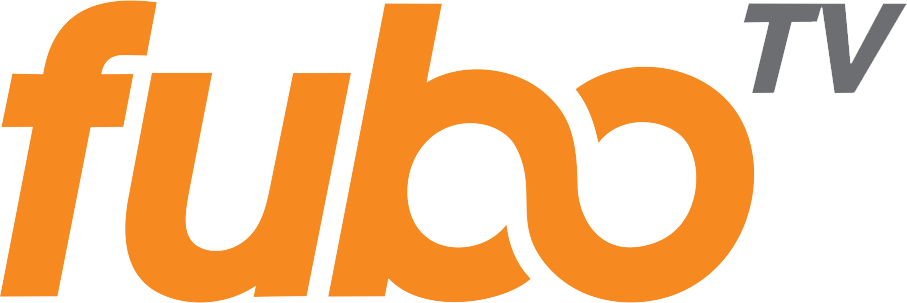
FuboTV
fuboTV leverages Fastly edge cloud platform for 100K live streams, accelerated APIs and cost savings

Yelp
Yelp relies on Fastly edge cloud platform to provide delightful, secure and scaleble experiences for millions of users

Deliveroo
Deliveroo switched from AWS CloudFront to Fastly, averaging 7% improvement in load time
1stdibs
1stDibs loads pages in under 50ms, delivering a fast, luxury experience with Fastly.



Foursquare
Foursquare switches to Fastly, sees immediate API performance gains in mobile app

Wired
Wired.com elevates redesign with Fastly, enabling real-time updates, faster load times and enhanced reader engagement

7digital
7digital delivers the latest music instantly across its global user base with Fastly
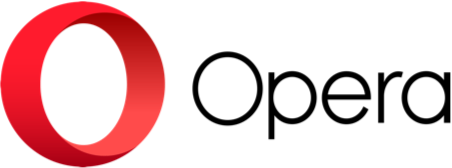
Opera
Opera relies on Fastly to improve download times for its 350 million global users, increasing conversions significantly
New Relic
New Relic turns to Fastly for intuitive API, agile engineering process, and a powerful set of tools that match their workflow and values
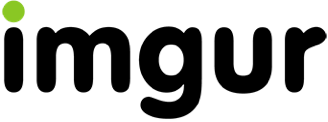


Boots UK
Boots UK optimizes global content, safeguards against holiday traffic surges with Fastly

Drupal Association
Drupal Association migrates 100% of traffic to Fastly, optimizing performance for websites worldwide


Wenner Media
Wener Media switches to Fastly for improved site resilience and instant editorial updates during major news events, saving 75% in overall operations costs
